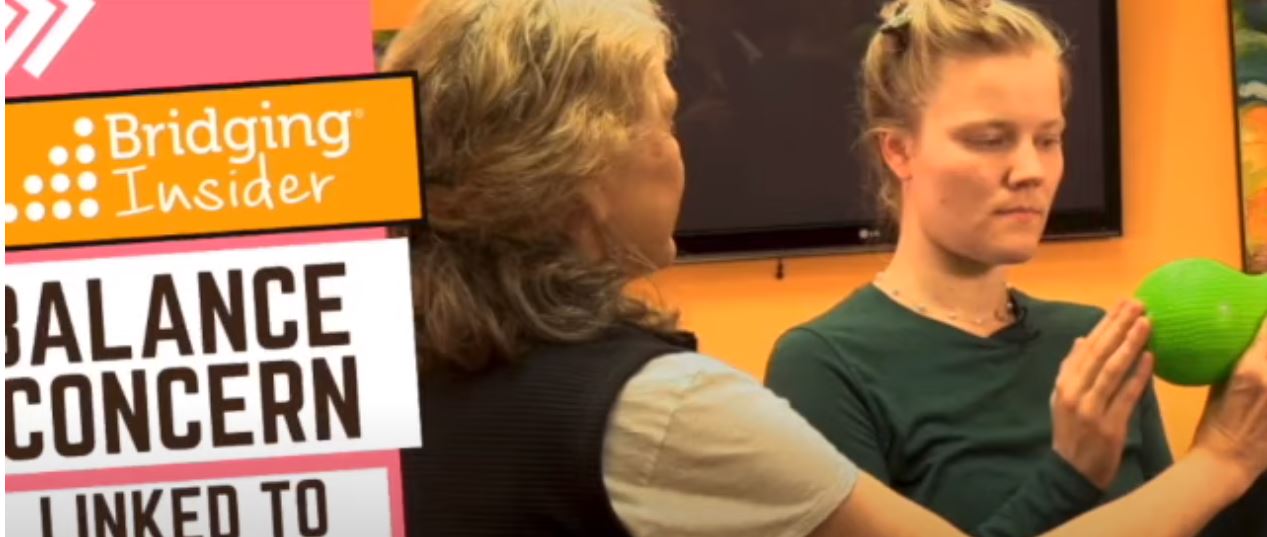Balance Not Quite Right, But You Can’t Figure Out What’s Wrong?
Balance, what is it?
From a hard core physics perspective, balance is “the ability to maintain the body’s center of mass over the base of support.”
From a practical perspective, balance is what gives you the confidence to move, both in sports and daily life.
From a human perspective, balance has both neurological and physical components.
We often find that your balance improves when just the physical fundamentals are put back in place.
Bridging® has a unique role by resetting your body’s physical foundation allowing you to be more confident and active!
There is so much more to balance than being able to stand on one leg!
This week’s guest on our YouTube channel, Megan, is athletic and stays quite active.
We’d previously worked together to organize the coordination of the top, middle, and bottom layers of her core. The way each layer centered was not aligned with each other.
She felt good with core function, but still thought that there might be more to improve with core coordination and balance.
Assessing balance details was key
We took a more detailed look at balance while moving in various directions. When moving to turn, she tensed her shoulder, closed her eyes, and raised her arm to compensate. Why???
By checking how her eyes, head, arms, and hands worked together we found some inconsistencies. Her vision was fine; her ability for her body to coordinate with her vision for stable balance needed some help.
Have a look at how we used Bridging® to integrate her core, arms, and vision to improve her balance reactions.
What’s different compared with other balance professionals?
As part of the Bridging® process, we take a systems approach. First, we find the physical links in the system that aren’t working well. Then we provide support and guidance to allow the links to reset and reintegrate with the neurological system.
These are typical parts of the process:
- Assess basic movement control
- Reset core balance reactions
- Reset feet and leg balance reactions
- Integrate the feet, legs, and core for control while moving forward, sideways, and turning
- Integrate vision and vestibular reactions with the body
Resetting muscle relationships is done with subtle rocking micromovements and slight stretches. As we work through the layers of resetting muscle relationships, you regain your balance and control necessary for confidence in moving.
The new you is just a few Bridging® sessions away!

